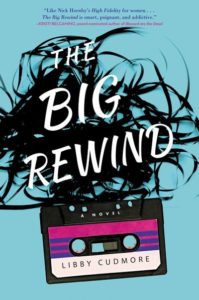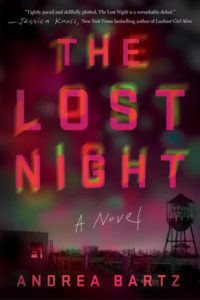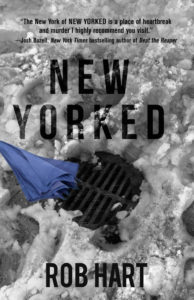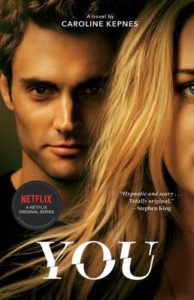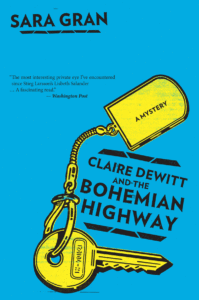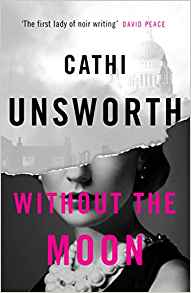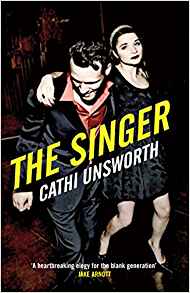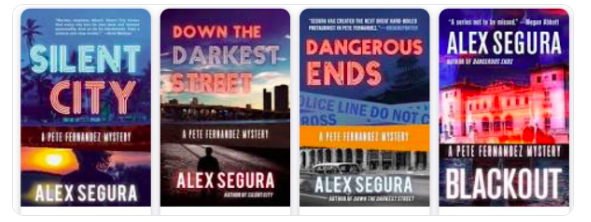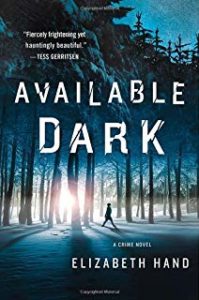In the scramble we enact at Crime Reads enact every January while putting together the Most Anticipated List I coined a neologism that I’d never seen discussed: the hipster mystery, or hipstery. The book which inspired the term is in my newly formed canon, which I present to you below. Please tweet @crimereads us if you have other hipstery suggestions! This could be a global movement, like artisanal meats and ironic cell phone covers on Etsy.
The Big Rewind, by Libby Cudmore (Morrow)
The Big Rewind is an awfully fun novel that’s permeated with pop culture. The bulk of the action takes place in an imaginary neighborhood Bartnerville, (which sounds a lot like Bushwick), where people all know and look out for each other. The plot unspools as one of the neighborhood’s mainstays, aspiring writer Jett Bennett, accidentally receives a mix tape addressed to her friend Starr Bennett in her mailbox: yes, the Luddite touches like the cassette tape and snail mail add to the hipness of the mission. As Jett sets out to find the sender of the tape, she stumbles into mysteries about Starr’s past, and comes to some conclusions about her own future.
The Lost Night, by Andrea Bartz (Crown)
In her early 20s, Lindsay was one of the many hipsters who hung out in the Bushwick neighborhood of Brooklyn. She had a tight group of friends who drank (sometimes excessively) together, some of whom lived in the ultra cool Calhoun loft building. Her days of wine and roses came to an end the night her best friend Edie—the most beautiful and magnetic of the group—committed suicide while her friends partied on. In trying to retrace her movements that night in 2009, Lindsay comes to some unsettling truths. Did Edie really kill herself with the gun found next to her, or did someone she knew pull the trigger?
New Yorked, by Rob Hart (Polis Books)
In the first of Hart’s Ash McKenna series, his PI McKenna goes searching for an ex-girlfriend with a penchant for trouble. His landscape (for NYC contains multitudes) is the rapidly gentrifying East Village and its cohorts in Brooklyn. For people who are new to the city—new meaning pre-aughts—New Yorked is a love letter to how the city was pre-9/11 and pre-hipster.
You, by Caroline Kepnes (Atria)
Now enjoying a second life as an excellent TV series, Kepnes’s You is achingly spot-on about what hipsters like: crappy bars in Greenpoint, very loud bands, small bookstores, and feeling cooler than everyone else. When every guy type Joe is introduced by his paramour Beck, we can see how ridiculous Beck’s friends are through Joe’s eyes, with their fetishizing of labels and rarity and their enthusiasm for a subset of things only they think are cool (elitism goes hand-and-hand with hipterism). Believe it or not, Kepnes does her pitch-perfect skewering again in her second Joe book, Hidden Bodies, which finds her hero in the crunchier confines of LA.

Burnt Orange Heresy, by Charles Willeford (Vintage)
Willeford—one of the best noir writers period—takes on the foibles of the art would in this 1971 gem (I think the art world and the hipster world are close enough, especially in this era). Heresy is as if Tom Wolfe had written From Bauhaus to Our House as a crime novel. (Read it now: a movie with Mick Jagger as the mischievous curator at the center of the book is in production.)
Claire DeWitt and the Bohemian Highway, by Sara Gran (Mariner)
Really, any of the Claire DeWitt series could be on this list but Bohemian Highway clinches it by having one of the focal points of the central mystery—the murder of an old boyfriend of DeWitt’s—be a rare guitar. Two things hipsters love right there: rare things and guitars. De Witt is a veteran, too, of the New York City punk-into-hipster scene, with late nights seeing 5 bands at crappy clubs and cruising the city for the perfect record, jacket, or tattoo.
Unsworth is much more popular in her native Britain than she is in the US, which is a shame. There is no one in US crime fiction who writes the way that she does: she’s intensely interested in history, gender, and subcultures. So The Singer is Unsworth’s book about London’s punk rock scene in the 1970s; 1984’s Weirdo is a story of a town gone Crucible with rumors of Satanism among the teenagers; and 2016’s Without the Moon is set in the hipster corners of the London Blitz: the pubs and the music halls.
The Pete Fernandez series, by Alex Segura (Polis)
It didn’t seem proper to single out one of the books in Segura’s series, when all of them are steeped in the alternative music of the 1990s and beyond. It’s hard to imagine Pete without his trusted music collection, from The Replacements to Nirvana.
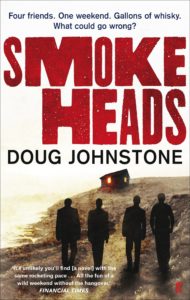
Smokeheads, Doug Johnsone
Johnstone is a Scottish crime writer who is also a PhD in nuclear physics (he designed missile guidance systems for the military) and an extremely accomplished musician. For pure noir mixed with indie rock his second book, The Ossians, about a young DIY type band touring around Scotland has some great atmosphere. The book that really captures an aspect of hipsterism to me—the communial fetishization of food and alcohol—is Johnstone’s Smokeheads, an account of a group of guy friends touring Scotland’s famous Islay region.

Adrian McKinty’s Sean Duffy series
His appearance on this list will likely give McKinty a chuckle and yet might provoke a punch from the Northern Irish detective in this Belfast-set series during the Troubles. The argument in favor of classifying Duffy as a hipster: his boots, his band t-shirts, his penchant for the Velvet Underground, his fondness for good-quality drugs of any sort, and his general punk rock attitude. But Duffy is no web designer or locovore cheese seller: he’s a Catholic cop on a Protestant police force in a country where factions have been killing each other for years. Still, if you wanted to make a playlist that will impress your friends with obscure bands and composers flip through McKinty’s pages and get thee to Spotify.
Elizabeth Hand’s Cass Neary series
Cass Neary is a mess. She’s addicted to pills and speed. She drinks like it’s her job. She doesn’t have an actual job save from having a knack for finding people who have disappeared. What gives Hand’s novels a gritty hipster feeling is Cass’s world on the Lower East Side of Manhattan, full of drugs, music, and art. Once a promising photographer, Cass fell off that career track and now takes the odd job of locating someone or something valuable. In her adventures we not only see underground NYC but the speed metal culture of Scandinavia and Iceland, a 1960s communal Maine idyll gone wrong, and the dank basement clubs of contemporary London.


